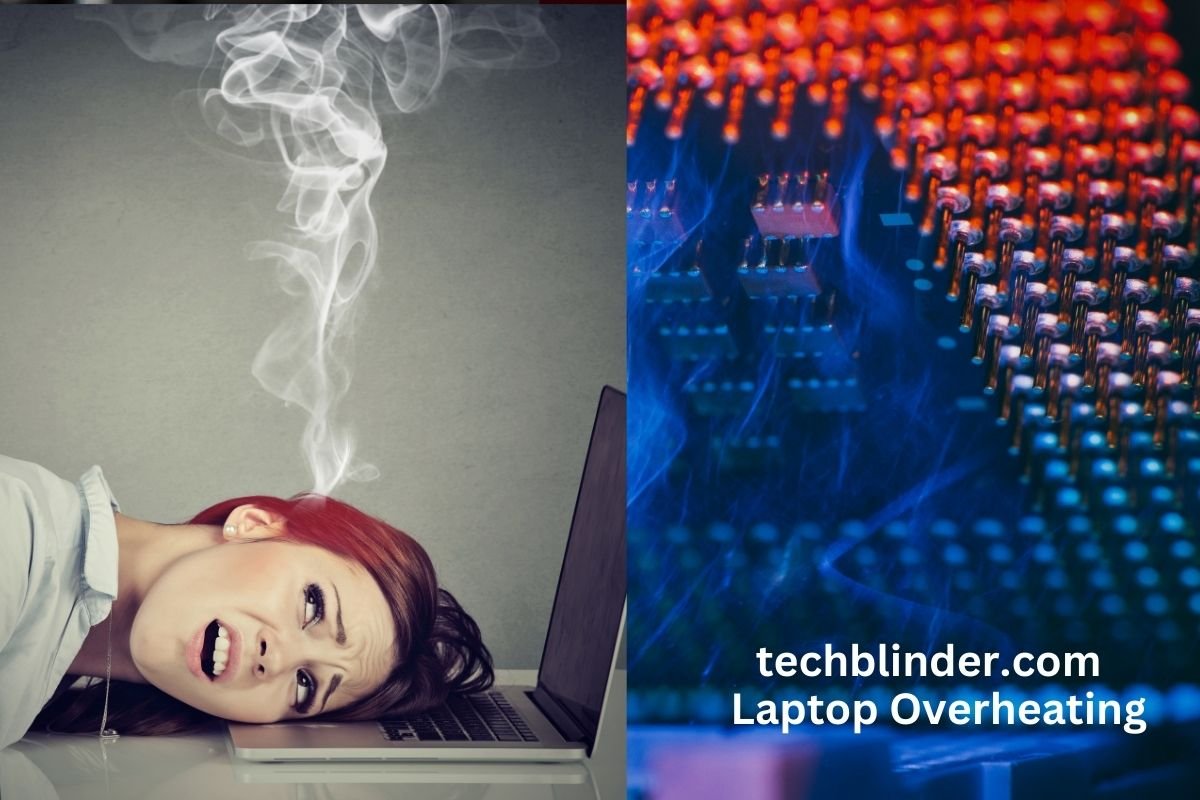Laptop Overheating: Causes, Effects, and Solutions
Laptop overheating is a common issue that many users encounter, often leading to frustration and potential damage to the device. Understanding the causes, effects, and solutions to this problem is crucial for maintaining the optimal performance and longevity of your laptop.

Causes of Laptop Overheating
1. Dust and Dirt Accumulation
- Over time, dust and dirt can accumulate inside the laptop’s cooling system, hindering airflow and causing components to heat up.
2. Blocked Air Vents
- Blocked air vents prevent proper ventilation, causing heat to build up inside the laptop.
3. Intensive Tasks
- Running resource-intensive applications or tasks such as gaming, video editing, or software development can put a significant strain on the laptop’s hardware, leading to overheating.
4. External Environment
- High ambient temperatures or placing the laptop on surfaces that trap heat, such as blankets or pillows, can contribute to overheating.
Effects of Laptop Overheating
1. Performance Degradation
- Overheating can cause the laptop’s processor and other components to throttle down, resulting in reduced performance and slower processing speeds.
2. System Crashes and Freezes
- Excessive heat can lead to system instability, causing the laptop to crash or freeze unexpectedly.
3. Hardware Damage
- Prolonged exposure to high temperatures can damage internal components such as the CPU, GPU, and battery, leading to permanent hardware failure.
4. Reduced Battery Life
- High temperatures can degrade the laptop’s battery over time, reducing its overall lifespan and capacity.
Solutions to Laptop Overheating

1. Clean the Cooling System
- Regularly clean the laptop’s cooling system, including the air vents, fans, and heat sinks, to remove dust and debris that may be blocking airflow.
2. Ensure Proper Ventilation
- Use the laptop on a flat, hard surface to ensure adequate airflow around the device. Avoid placing it on soft surfaces that can block air vents.
3. Adjust Power Settings
- Lower the laptop’s power settings or enable power-saving modes to reduce heat generation during intensive tasks.
4. Use Cooling Pads or Stands
- Invest in a laptop cooling pad or stand with built-in fans to help dissipate heat more effectively.
5. Limit Intensive Tasks
- Avoid running multiple resource-intensive applications simultaneously, especially in hot environments, to prevent the laptop from overheating.
6. Update Drivers and Firmware
- Keep your laptop’s drivers and firmware up to date to ensure optimal performance and compatibility with cooling management systems.
7. Monitor Temperature Levels
- Use software tools to monitor the laptop’s temperature levels and take action if temperatures exceed safe limits.
Conclusion
Laptop overheating is a common issue that can have detrimental effects on performance, stability, and hardware longevity. By understanding the causes of overheating and implementing proactive solutions, you can mitigate the risk of damage and ensure optimal performance from your device.
